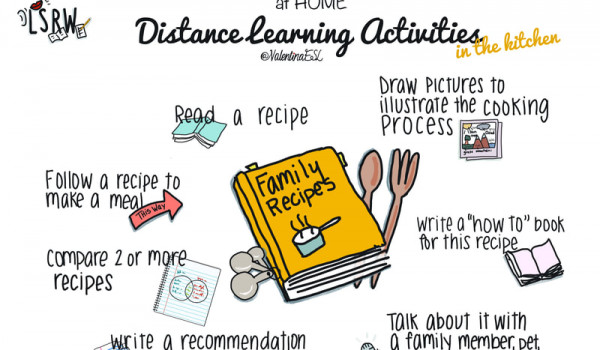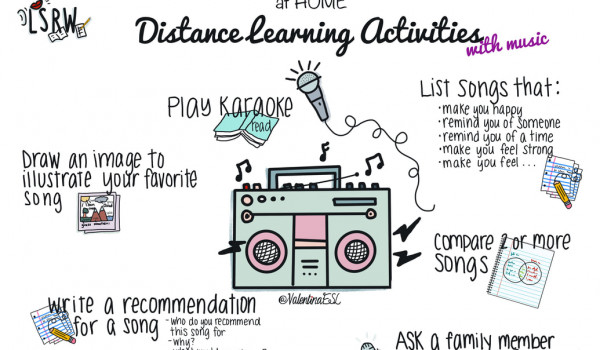- When a dominant language group does not allow for a minority language in the academic setting, students not fluent in the dominant language will continue to fall further behind academically throughout their schooling.
- It is a teacher’s responsibility to challenge power and status systems by asking “Who are my students?”
- Three overlapping groups consistently underachieve in schools: children of immigrants, children from low socio-economic backgrounds, and students from marginalized communities. Students who fall under all three groups achieve the least academically.
- Teachers can push back by scaffolding instruction, reinforce academic language, and engage students home languages to learn academic content.
- The most effective way to combat this underachievement is by making sure students have ample access to print in both target language and heritage language and consistently engage in literacy activities. Reading can eliminate 1/3 of the affect of poverty.
- Finally, challenge all students with learning that reflects a high level of intelligence and capability.
Thank you for all you do. Have a fantastic week.






